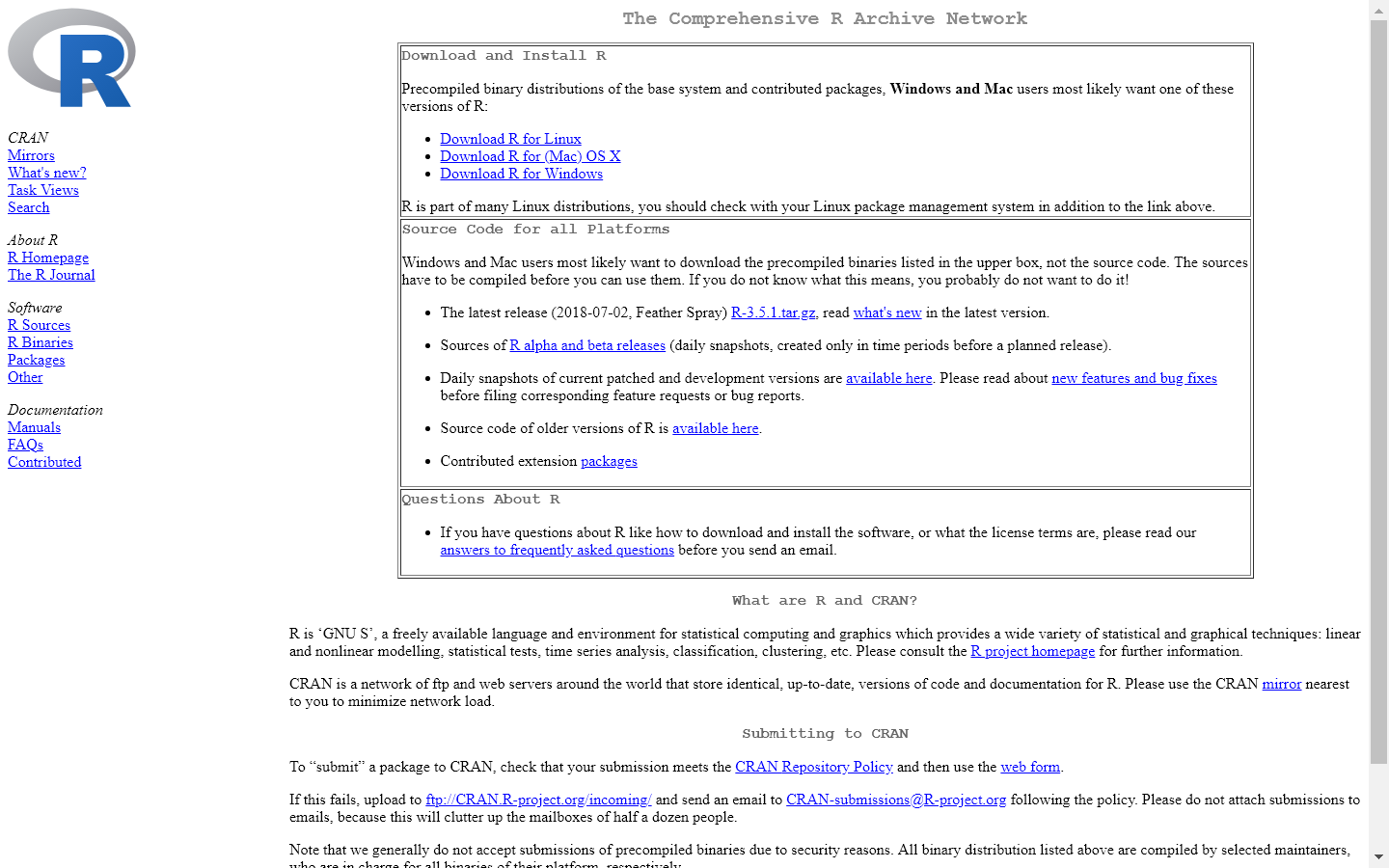How to use crrri?
Some introductive examples
Christophe Dervieux
2020-05-28
Source:vignettes/intro.Rmd
intro.RmdThe crrri package provides a Chrome Remote Interface for R. It is inspired by the node.js module chrome-remote-interface.
This vignette aims to show several examples of usage for crrri.
All the examples come from the chrome-remote-interface or puppeteer documentations. This vignette shows how to reproduce those using crrri.
Setup
It is better to set up beforehand the HEADLESS_CHROME environment variable to a Chromium/Chrome binary on our system that crrri will use. If you do not, you can provide the path to a Chromium/Chrome binary in Chrome$new() or let the package guess using its find_chrome_binary().
The default behavior of crrri is equivalent to setting the environment variable like this
Sys.setenv(HEADLESS_CHROME = crrri::find_chrome_binary())
We need to load crrri and also promises to have the tools to deals with promises that crrri is based on.
Example 1: Take a screenshot
This first example is inspired from this post that uses the chrome-remote-interface node.js package.
The first step is to launch Chromium/Chrome in headless mode:
chrome <- Chrome$new()
Then connect R to headless Chromium/Chrome with the connect() method. Since the connection process is not immediate, the connect() method returns a promise that is fulfilled when R is connected to Chrome. The value of this promise is the connection object.
client <- chrome$connect()
You need to write a function whose first parameter will receive the client connection object.
screenshot_file <- tempfile(fileext = ".png") screenshot <- function(client) { # some constants targetUrl <- "https://cran.rstudio.com" viewport <- c(1440, 900) screenshotDelay <- 2 # seconds # extract the domain you need Page <- client$Page Emulation <- client$Emulation # enable events for the Page, DOM and Network domains Page$enable() %...>% { # modify the viewport settings Emulation$setDeviceMetricsOverride( width = viewport[1], height = viewport[2], deviceScaleFactor = 0, mobile = FALSE, dontSetVisibleSize = FALSE ) } %...>% { # go to url Page$navigate(targetUrl) # wait the page is loaded Page$loadEventFired() } %>% # add a delay wait(delay = screenshotDelay) %...>% { # capture screenshot Page$captureScreenshot(format = "png", fromSurface = TRUE) } %...>% { .$data %>% jsonlite::base64_dec() %>% writeBin(screenshot_file) } %>% # close headless chrome (client connections are safely closed) finally( ~ client$disconnect() ) %...!% { cat("Error:", .$message, "\n") } }
Therefore, you can take a screenshot by executing this screenshot() function:
client %...>% screenshot()
The screenshot is written to disk and looks like this: 
Example 2: Dump HTML after page loaded
This example is inspired from this JavaScript script from the chrome-remote-interface wiki that dumps the DOM.
html_file <- tempfile(fileext = ".html") client <- chrome$connect() dump_DOM <- function(client) { Network <- client$Network Page <- client$Page Runtime <- client$Runtime Network$enable() %...>% { Page$enable() } %...>% { Network$setCacheDisabled(cacheDisabled = TRUE) } %...>% { Page$navigate(url = "https://github.com") } %...>% { Page$loadEventFired() } %...>% { Runtime$evaluate( expression = 'document.documentElement.outerHTML' ) } %...>% { writeLines(c(.$result$value, "\n"), con = html_file) } %>% finally( ~ client$disconnect() ) %...!% { cat("Error:", .$message, "\n") } }
Execute the task:
client %...>% dump_DOM()
Here is the first 20 lines of what we get in html_file:
<html lang="en"><head>
<meta charset="utf-8">
<link rel="dns-prefetch" href="https://assets-cdn.github.com">
<link rel="dns-prefetch" href="https://avatars0.githubusercontent.com">
<link rel="dns-prefetch" href="https://avatars1.githubusercontent.com">
<link rel="dns-prefetch" href="https://avatars2.githubusercontent.com">
<link rel="dns-prefetch" href="https://avatars3.githubusercontent.com">
<link rel="dns-prefetch" href="https://github-cloud.s3.amazonaws.com">
<link rel="dns-prefetch" href="https://user-images.githubusercontent.com/">
<link crossorigin="anonymous" media="all" integrity="sha512-lLo2nlsdl+bHLu6PGvC2j3wfP45RnK4wKQLiPnCDcuXfU38AiD+JCdMywnF3WbJC1jaxe3lAI6AM4uJuMFBLEw==" rel="stylesheet" href="https://assets-cdn.github.com/assets/frameworks-08fc49d3bd2694c870ea23d0906f3610.css">
<link crossorigin="anonymous" media="all" integrity="sha512-4kfWSrzu4OShEnC5m0lqUCfKkZfG7JH0ff4wnEtubTUTZqV5pS5oUMTOvWE2DDL7ttjZ9FpnZInl/0TLO3EIiA==" rel="stylesheet" href="https://assets-cdn.github.com/assets/github-6c1d4c04bb55a87b9cb81ffdbd683662.css">
<link crossorigin="anonymous" media="all" integrity="sha512-PcJMPDRp7jbbEAmTk9kaL2kRQqg69QZ26WsZf07xsPyaipKsi3wVG0805PZNYXxotPDAliKKFvNSQPhD8fp1FQ==" rel="stylesheet" href="https://assets-cdn.github.com/assets/site-50c740d9290419d070dd6213a7cd03b5.css">This could be useful to parse HTML with rvest after a page is loaded.